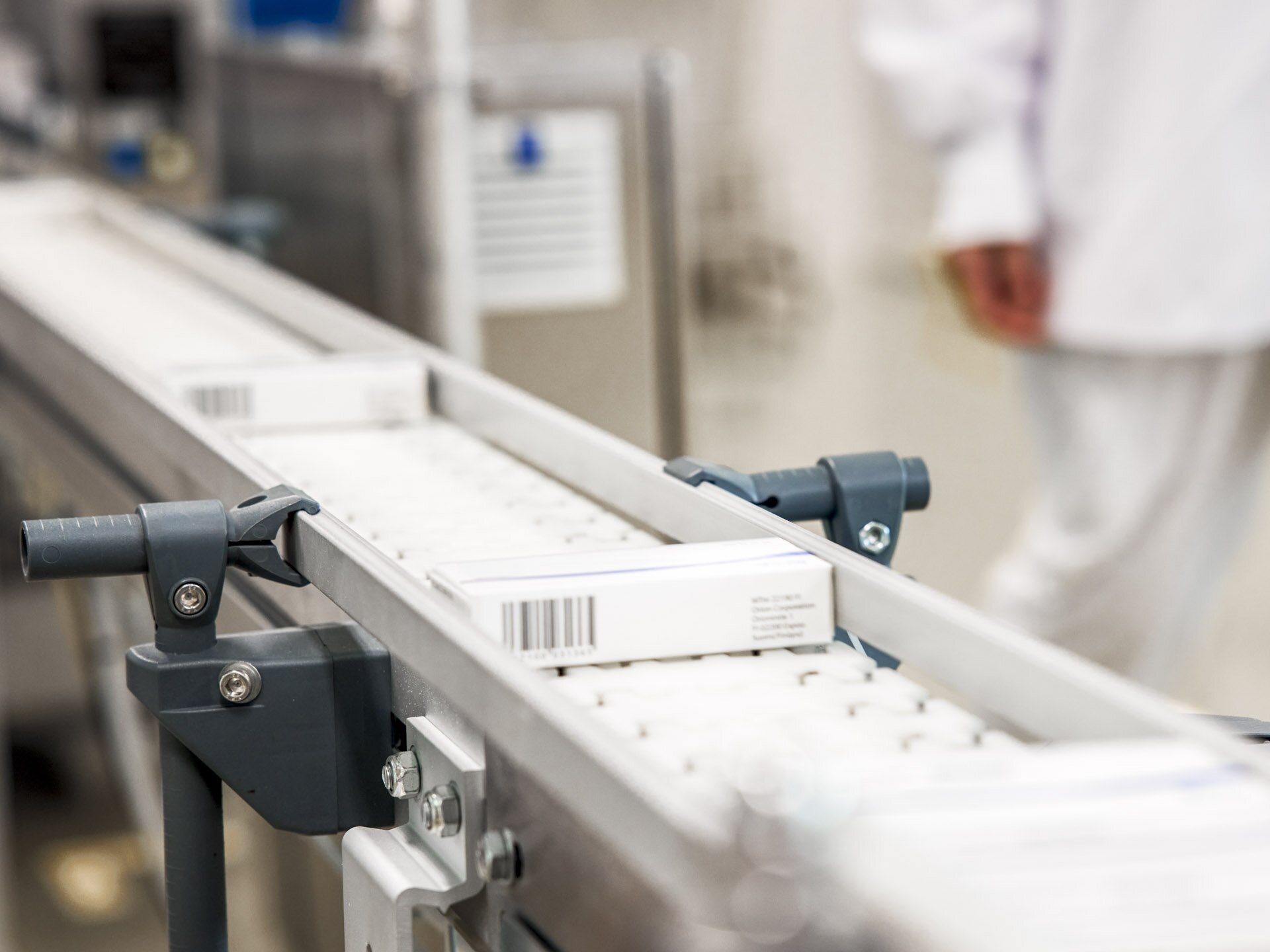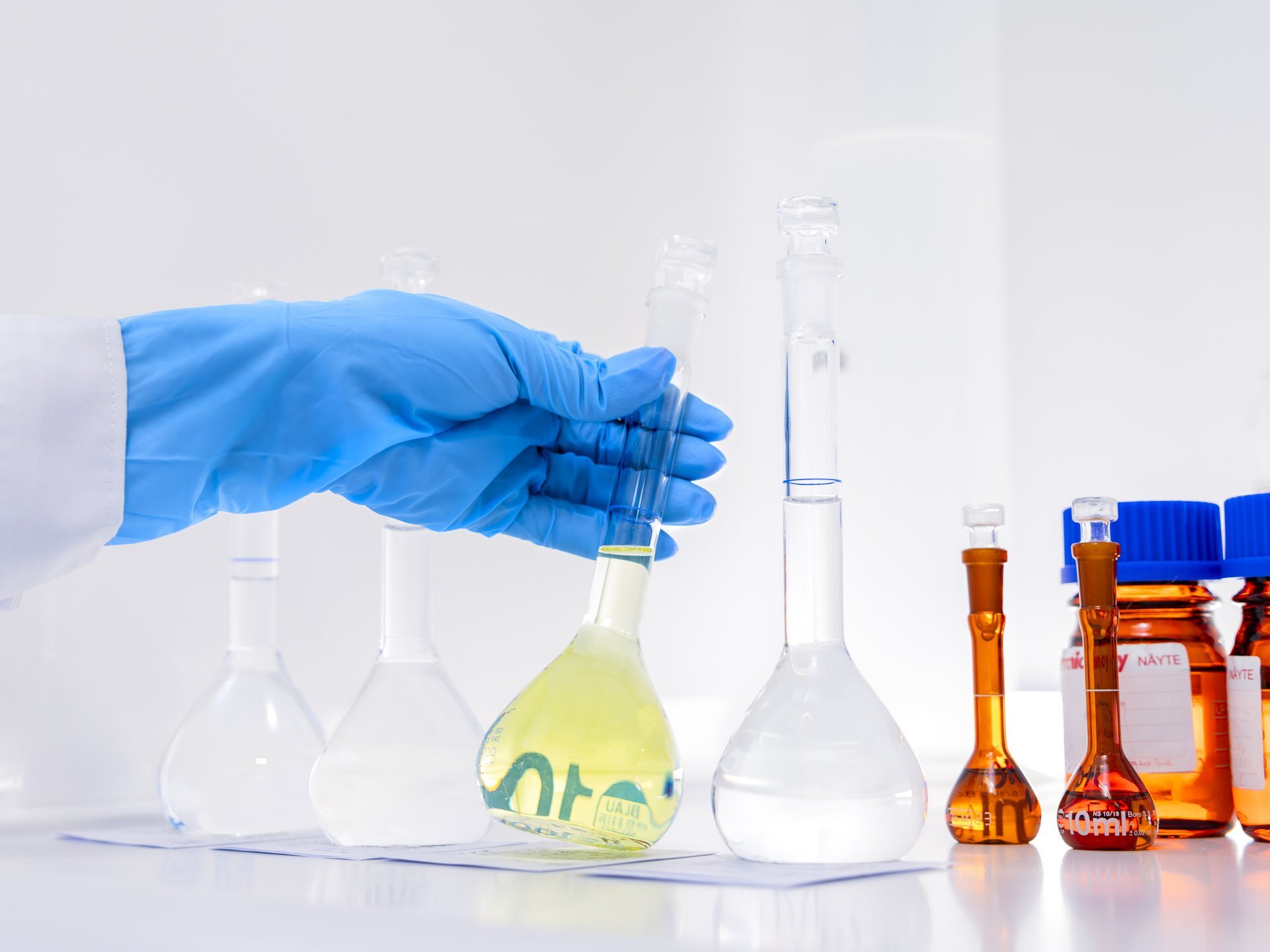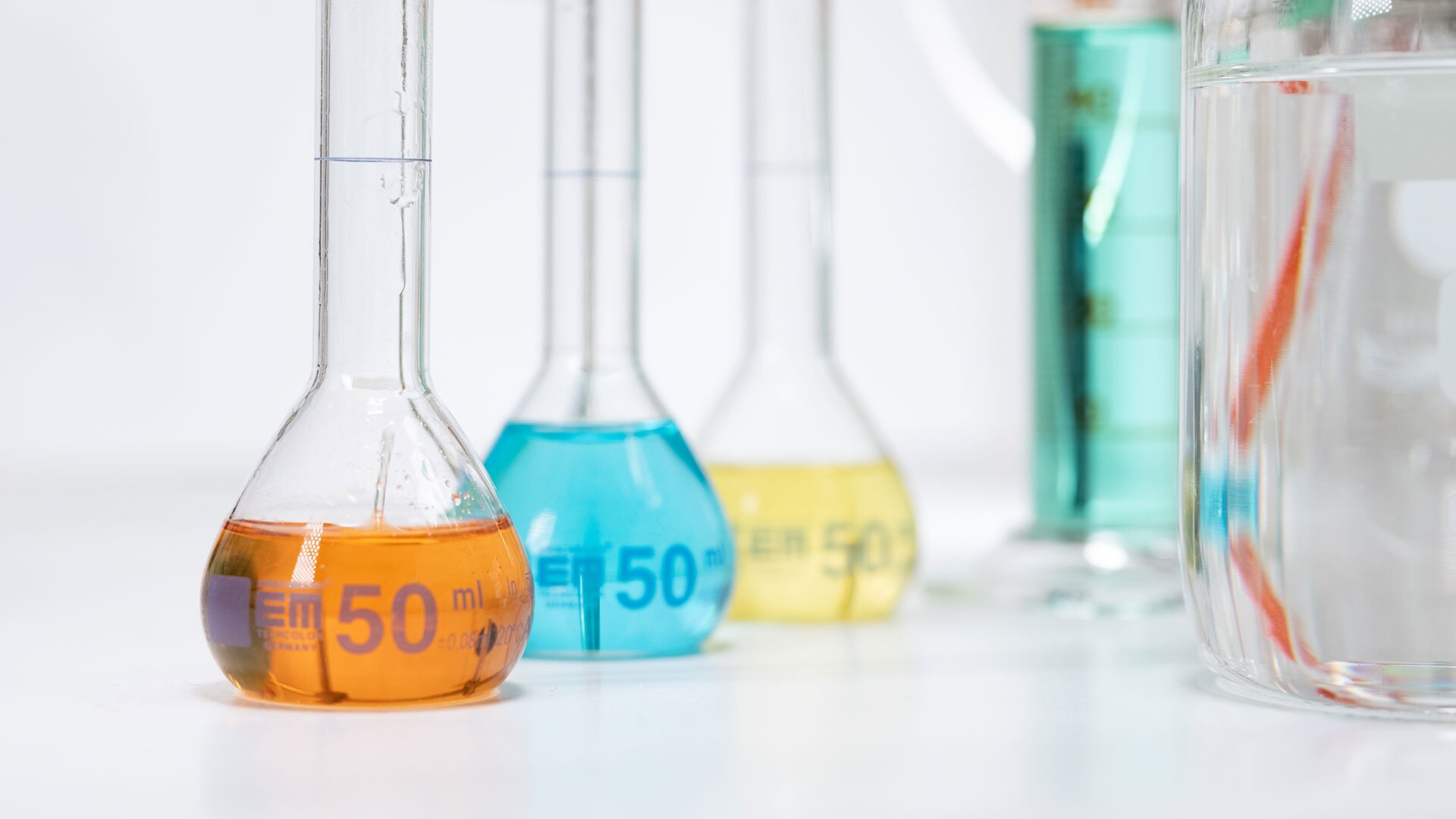“At Orion, we are advancing towards our goal of becoming carbon neutral by 2030 – with steps both big and small. One of our greatest leaps has been the recovery and reuse of our own waste energy.”
– Catarina Hildén-Fjäder, Energy Efficiency Manager, Orion
At Orion’s manufacturing site in Turku, the district heating network has been separated into its own local heating network. A heat pump plant and its three large heat pumps generate both heat and cooling for Orion’s site. In addition, a large module collects heat from the outdoor air.
Introduced in early summer 2021, the plant periodically produces all the heat needed for the facilities and utilises waste heat. Waste heat means excess heat, which is generated when the premises are cooled. It enables us to produce around 1 MW of heat and 200 kW of cooling for our needs. This heat energy would heat 850 detached houses per year.
In October 2021, the local heating network at the Turku site won the award for best heat pump project in the Decarbindustry series in the European Heat Pump Association’s (EHPA) competition.
Why raise the bar?
It is necessary to utilise waste heat. It is usable energy that reduces the need for district heating, and it also helps to significantly reduce the carbon footprint of the site. The local heating network works well in heating and cooling the manufacturing facilities in Turku.
How are we raising the bar?
The new local heating plant in Turku is able to replace as much as two-thirds of purchased district heating. Therefore, it is a significant factor in reducing Orion’s carbon dioxide emissions, and at the same time significantly reduces the annual energy costs.
Carbon dioxide emissions will be reduced by around 1,000 tonnes every year as Orion’s facility in Turku will produce heat and cooling using its own heat pumps. The figure corresponds to the annual carbon dioxide emissions of about 480 passenger cars.











